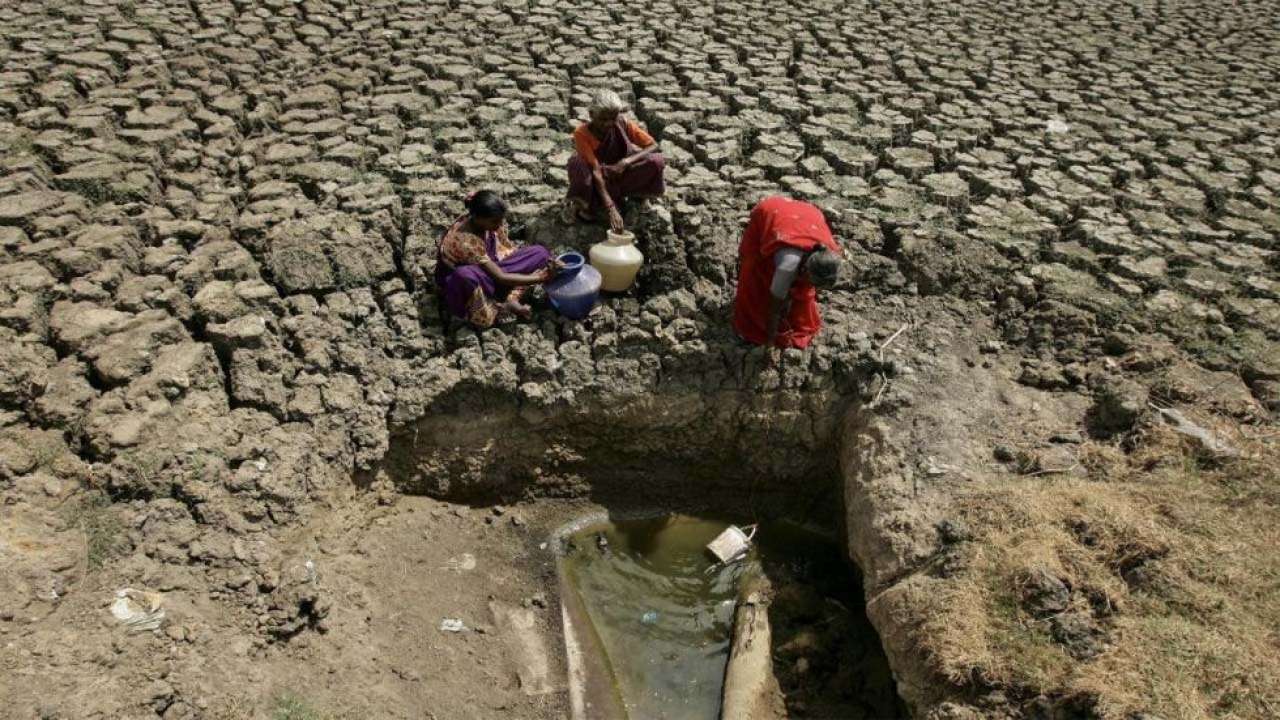
Over the past few months, the three reports constituting the sixth IPCC assessment on climate change paint a dire picture for the future of the planet. The world is on track to exceed the 1.5 degrees Celsius temperature rise by the mid-2030s. Deep, intensive decarbonization with emissions peaking in the next 3 years is the only hope the world has of keeping the global temperature rise below 2 degrees Celsius.
India is one of the countries set to be hit the hardest in a warmer world. As North India swelters under an early heatwave, the country will see many such unusual heatwaves increasing in the coming decade even in a scenario where we limit the global temperature rise to 1.5 degrees Celsius. By 2050, 40% of Indians are expected to face water scarcity, droughts will increase in intensity while, paradoxically, erratic monsoons are expected to lead to increase flooding. Crop yields are expected to decline by 9% and 2% of the GDP is expected to be lost by 2050 because of climate change.
Revitalizing farmlands
With the vast majority of India’s population concentrated in its rural areas, creating resilience and minimizing vulnerability in these areas is crucial. Estimates by PWC and the World Economic Forum suggest that nearly 60% of India’s economy is highly to moderately dependent on nature covering sectors ranging from natural resources, to food, fisheries and tourism. Building an economy that is nature positive, especially for rural communities, is one of the low hanging fruits that we must build on in the coming years.
India’s farmlands account for 21% of its total emissions. However, effective management of farmland promises to mitigate emissions by 222.44 million tonnes carbon per year. These solutions include mosaic restoration of agricultural land, the use of biochar, optimizing grazing intensity, nutrient management and improved rice cultivation techniques. According to data compiled by the World Resources Institute, the country has the opportunity to transform 87 million hectares of agricultural land by planting trees on farmland i.e., agroforestry. In India’s Eastern Himalayas, this farmland is 1.8 million hectares.
India’s renewed focus on agroforestry with the 2022 budget, with special support to encourage traditional agroforestry systems of tribal communities is a step in the right direction. Under the National Mission on Sustainable Agriculture, farmers received support of up to Rs 70 per tree planted on agricultural land or in the periphery/boundary areas. This support needs to be streamlined with new agroforestry policies, to encourage the planting of climate-adaptive indigenous and local crops. A robust climate-smart agricultural policy must be tailored to local conditions and needs, using food forestry models that can help small and marginal farmers build sustainable small businesses that can increase their incomes by 40% within the first year of planting.
A nature positive forest economy
Investment is needed for India’s forests. Forest restoration, protection and management remain a highly underleveraged opportunity for green jobs. With over 250 million Indians either fully or partially dependent on forests for their livelihoods, a full-scale restoration plan for forests across the country could easily create enough jobs to minimize the pressures to move to urban centres in search of jobs.
In addition to an investment to create jobs by restoring India’s shrinking forests, and managing and protecting them sustainably, payment for ecosystems services through carbon markets, to create new income opportunities for forest-fringe communities. Interest in the forestry sector as a tool for climate mitigation is on the rise post-COP 26: along with investor interest as carbon market prices rise. India must capitalize on this momentum. Government schemes and subsidies must be initiated to encourage MSMEs involved in scientific forest restoration or in the restoration of degraded land. Land accelerator programmes to deliver small grants/finance and technical training and support must be introduced and scaled up to invest in sub-regional priorities and needs, particularly in the arena of sustainable forestry and scientific forest restoration.
Encouragement also needs to be given to businesses building environment positive and adaptive models that actively create future resilience. This can be achieved through a regulatory framework for environment impact assessment that positively grades businesses creating positive impacts on the environment – paving the way for smoother clearances and tax benefits.
The IPCC report has hammered home the need for business models and policies that invest in nature to build natural resilience and minimize economic impacts on the rural economy. A nature positive economy is an opportunity to invest in creating better, sustainable jobs in rural India while insulating the country from the worst impacts of climate change.
READ | Cyclones to droughts - Know how extreme weather will hit India in the next 20 years
The author is Chairman of FICCI’s North East Advisory Council and Founder Trustee and President of Balipara Foundation.
(Disclaimer: The views expressed above are the author's own and do not reflect those of DNA.)